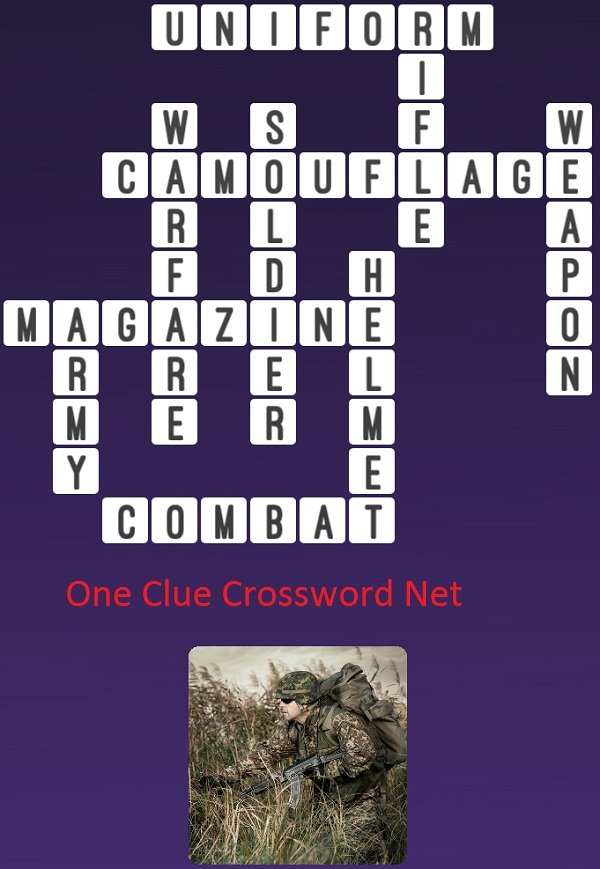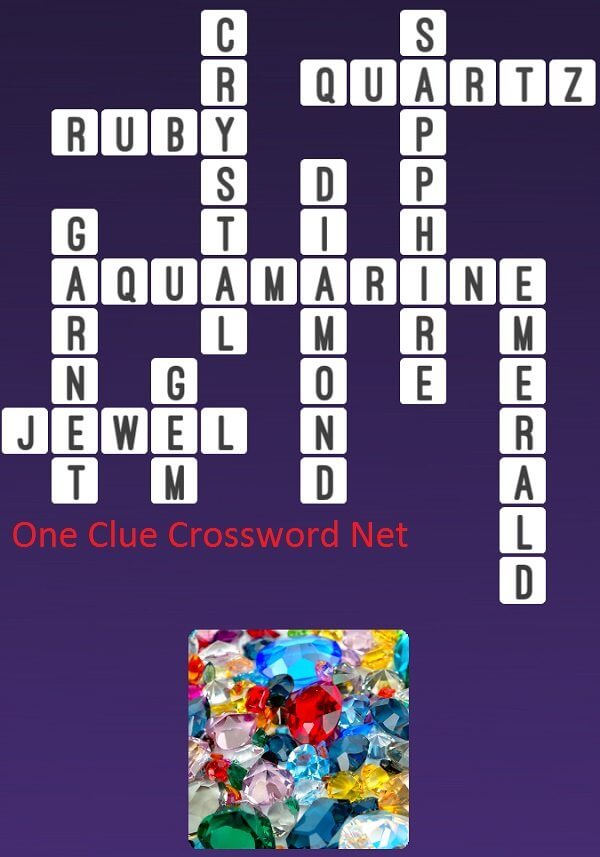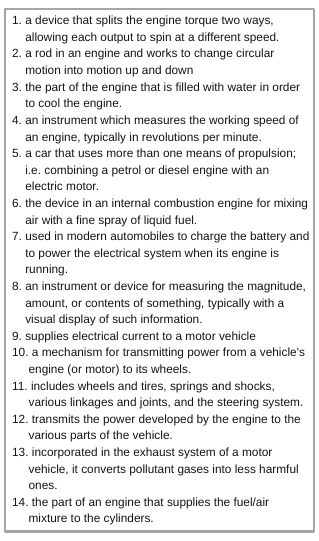

However, the expression “to tailor” indicates that we must tailor the letters of “passed” using an anagram, which produces the word “spades”. For example, if it was “Black suit passed to tailor (6)” you may think of a jacket and trousers being handed over to a tailor. Sometimes the trick is to ask yourself what else the clue could mean. So “Two girls, one on each knee” would be “Patella”– the kneecap but also, of course, the name of two girls, Pat and Ella. Here the clue provides the definition as well as a hint that you should see what another word sounds like, maybe by “saying” it aloud. Beware, these clues can make use of rather obscure word meanings. So for example “press down” would be “decrease”, playing on the double meaning of reducing or decreasing, and ironing clothes. With these clues, two very different meanings could be the answer. Look closely and you will see “populAR Music”, giving the answer “arm”. The example “Member into popular music (3)” suggests that a “member”, or ARM, may be found inside the phrase popular music. Other indicators such as “some”, “partly”, “amid” or “in” could suggest the answer is hidden within the clue.
#Crossword clue help movie#
This is gained by reversing the name Kramer, the movie character famous for getting divorced. In the example: “statement by filmed divorcee, retracted”, the answer is “remark”. Here, the definition or the description of a word reveals the answer when spelt backwards.

Consider whether a word needs to be reversed These are words or phrases that suggest change or that something is wrong, such as “broken”, “amended” or “out of order”. Typically, you may have up to five or six anagram clues in cryptic crosswords, highlighted by anagram clue indicators. As Matt’s AI programme is unlikely to be in a shop near you anytime soon, we decided to provide eight tips on decoding some of the more commonly used formulas used by crossword writers.
#Crossword clue help crack#
The AI uses a mass of data and a giant database of crosswords and answers pulled from the internet to crack the puzzles. In fact, he admits to being so bad at them he created an AI programme to help him, which recently won the American Crossword Puzzle Tournament, the US’s leading competition. It turns out one of the men who creates these brain teasers can’t actually solve his own when he goes back to them.

Well, apart from being an author, playwright, Artificial Intelligence (AI) scientist, musician, and stunt plane pilot – where does he find the time?! – he also writes cryptic crosswords for the New York Times. So, who is Matt Ginsberg, and why should you care? What may come as a surprise though, is a recent BBC article in which Matt Ginsberg admitted he was pretty useless at them too. If you are a fan of cryptic crosswords but wonder if those who create them live in an alternative dimension at times, then the chances are you’re not alone.


 0 kommentar(er)
0 kommentar(er)
